With the excitement of EAA’s summer celebration of flight — AirVenture Oshkosh 2024 — slowly beginning to fade from headlines, this might be a good time to broaden our outlook.

Something for Everyone — image courtesy of Aircraft Spruce
AirVenture features aircraft from everywhere and of every conceivable type. It’s a veritable smorgasbord of airplane-examining pleasure and thoroughly covers nearly every aspect of aviation, from foot-launched powered paragliders to multiengine warbirds and everything in between.
Some were searching for the newest innovations, by which such attendees may mean drones, UAVs, multicopters, eVTOLs… whatever you might choose to call them. Finding these machines at KOSH was much less obvious perhaps because the truth is, Yankee pilots remain focused on aircraft they can get in and fly using their own skills.
American Dream
We live in a country of great aviation freedom and lots of wide open spaces. Those of us interested in flying light aircraft for the sheer enjoyment of it can do so in way the rest of the world can barely comprehend. Oh, Europe may be similar along with a few other places but in most of the world’s 180 or so nations, recreational aviation is barely known.
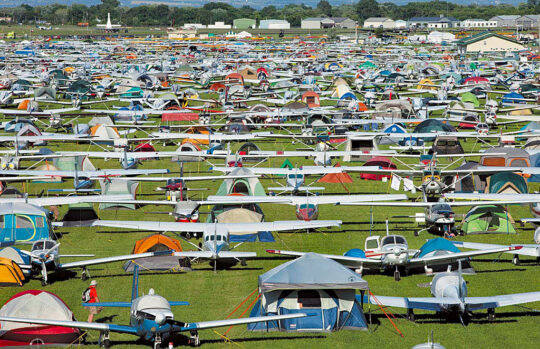
Endless Under-Wing Camping — from a live cam at AirVenture 2024
I live on an airport where I can literally walk or ride my bicycle to a hangar where I could pull out a LSA for a flight almost in the comfort of my backyard. I never lose sight of that marvelous privilege.
How about a huge contrast?
On two trips, I met a small number of pilots in China. Other than obvious language and cultural differences, I found them much like American pilots. They like to talk about airplane specifics and piloting skills, just like American pilots.
What they didn’t talk about much was cross country flying. China’s sky is dominated by its military and airline operations. Government officials have been promising to open their airspace since before my first trip in 2017. Yet little has been allocated to recreational flying, other than at specific locations.
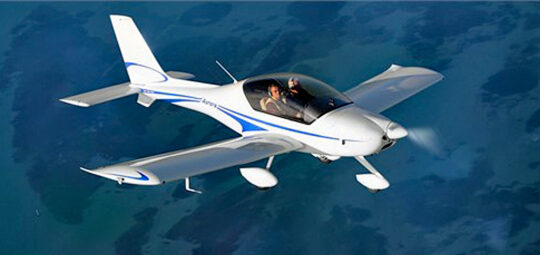
Starair’s Aurora — image from aircraft.com
Recent news after China’s big government confab called their “third plenary session of the 20th CPC Central Committee.” (I know, blah-blah-blah.) In short, it’s a big meeting of government leaders where they “pledged to develop general aviation.” The goal appears broadly stated and no detail was provided, but of interest to sport pilots is the inclusion of something they call the “low altitude economy.” All higher elevation airspace will apparently still be reserved almost exclusively for military and commercial aviation.
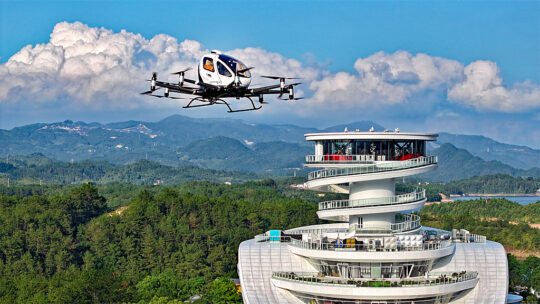
Air Taxi operating — image from CGTN
China is searching for new parts of its economy to grow. Investments that very significantly powered China’s rapid rise from deep poverty to a world-class economy were largely in real estate developments and thousands of infrastructure projects by government at all levels. That source of growth is hitting limits in recent years causing leaders to look elsewhere.
New growth engine
Aurora is a single-engine, two-seat, tricycle landing gear aircraft independently developed by Chinese aircraft manufacturer Starair Aircraft Co., Ltd. (formerly known as Sunward), which claims to be the first domestically-produced Light-Sport Aircraft to obtain airworthiness certification from the Civil Aviation Administration of China (CAAC), the country’s equivalent to America’s FAA. I reported on Aurora after the model won FAA acceptance in 2019 as a Special LSA — though curiously, that was the only one we ever saw in America.
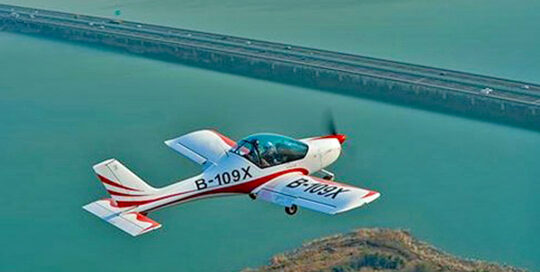
Sunward (now Starair) Aurora — image from aircraft.com
As of the end of 2023, a total of “261 aircraft had been delivered, covering 28 provinces across the country. They were also exported to three countries,” reported He Qinghua, founder of Starair Aircraft.
CAAC authorities believe China’s “low-altitude economy” in 2023 was valued at $70 billion, although no details were given to support this large amount. Keep in mind this includes lots more than recreational aviating. Also grouped in “low altitude” is agricultural flying, forestry and plant protection, and powerline inspections. “Meanwhile, air tours, aviation sports, and medical rescues are also increasing,” they added.
Things Are Beginning to Happen
Jiangsu province’s Wuxi City is creating a low-altitude cultural tourism environment. Aiming to be an early participant, the city has opened a first eVTOL low-altitude route, offering a different perspective for tourists who want to explore the city’s scenery.
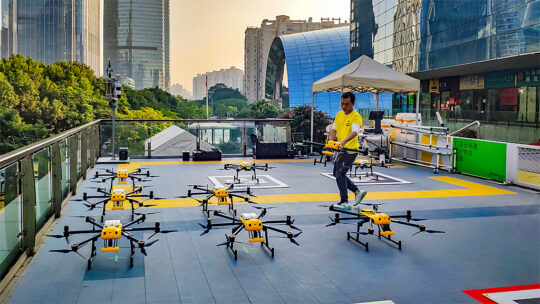
Package-delivery drones — image from CGTN
In Shenzhen City in south China’s Guangdong Province, customers may buy food and have it delivered by drones in as little as thirty minutes by scanning the QR code.
In February 2024, a five-seat eVTOL completed its first intercity electric air-taxi demonstration flight from Shenzhen to a ferry port in the nearby city of Zhuhai. It only took the air-taxi 20 minutes to go from Shenzhen to Zhuhai, a journey requiring more than two hours by car.
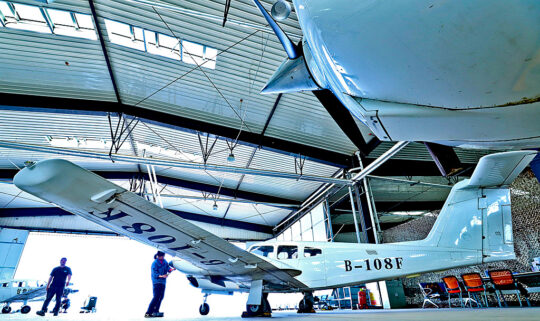
Maintenance Hangar — image from CGTN
According to CAAC, there were 689 general aviation firms in China at the end of 2023, with 3,173 general aviation aircraft registered and 451 general aviation airports established. All these numbers are vastly smaller than in the USA.
In sharp contrast, in 2024 authorities identified 608,000 newly registered drones, an increase of 48 percent from the end of last year. In a country where a general aviation culture is growing very slowly, drones are presently racing past conventional aircraft types.
These developments paint quite a different picture from the United States but the low-altitude skies of China continue to open.
News in this article was distilled from a report by CGTN, an outline news source. Interested pilots can read the entire article (in English).


Whatever happened to the big announcements from Oshkosh on Light-Sport?
As FAA is still head-down on the Mosaic regulation, we did not expect big announcements… and we did not get them. I would guess they will make a big announcement at AirVenture 2025, but it’s only a guess.
Yes….we are truly fortunate(for now) here in the US.
I am in a hangarhome on 0TX1 / 01/19 just SW of Dallas/Ft Worth.
Never in my wildest dreams would I have thought I’d have such
a place as my home.
Check it out on Google Maps.
-TBoone